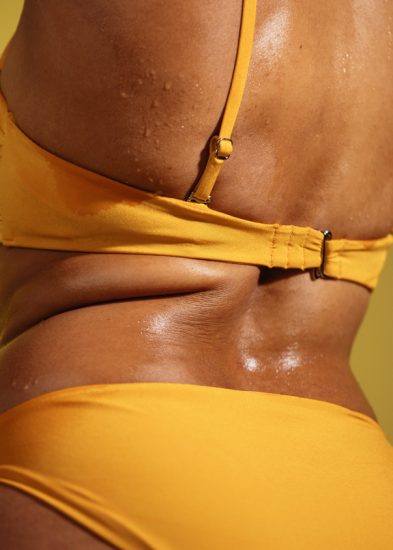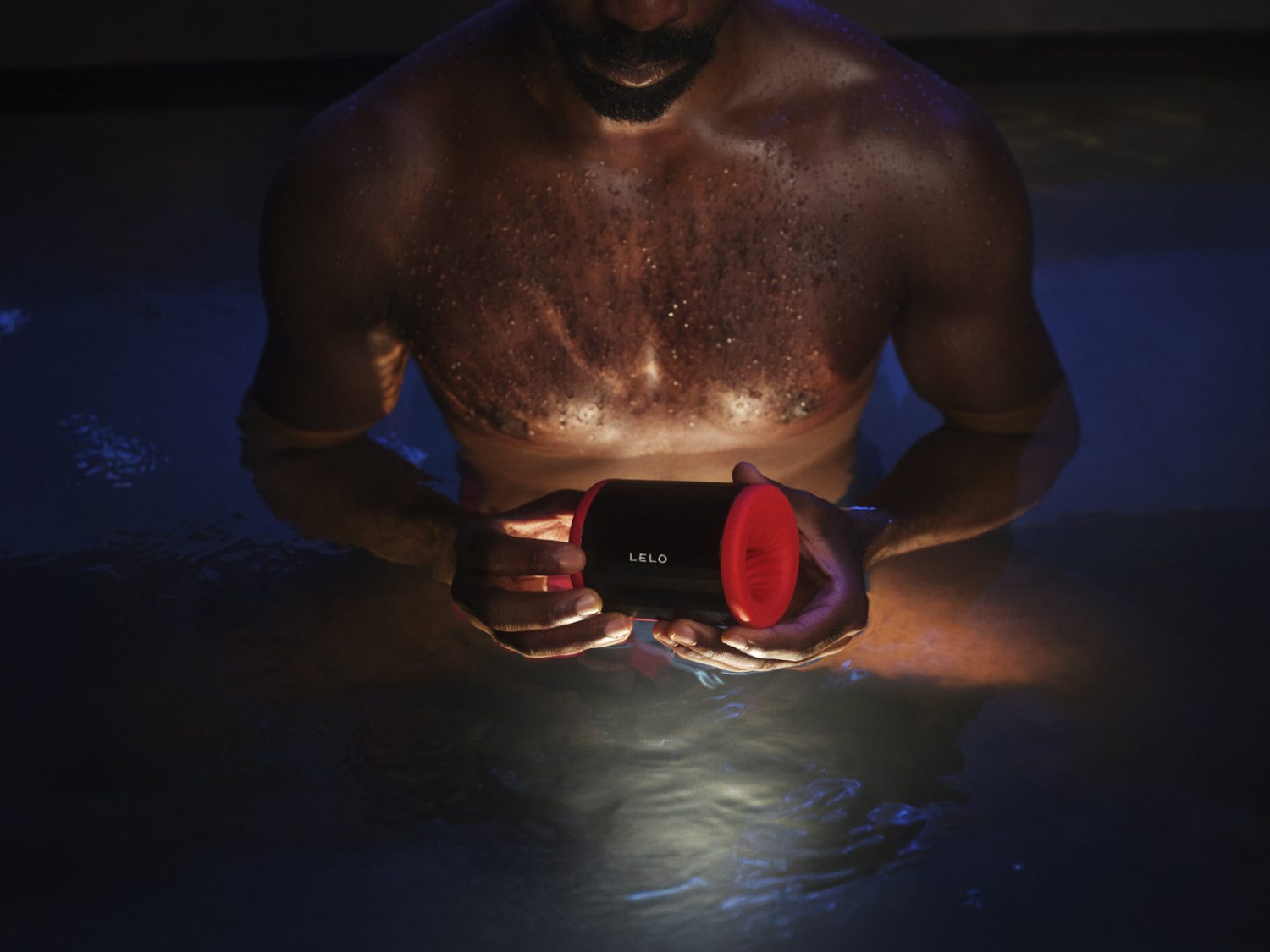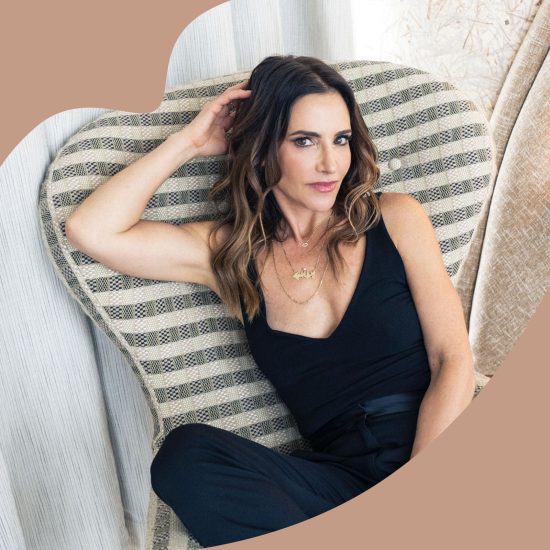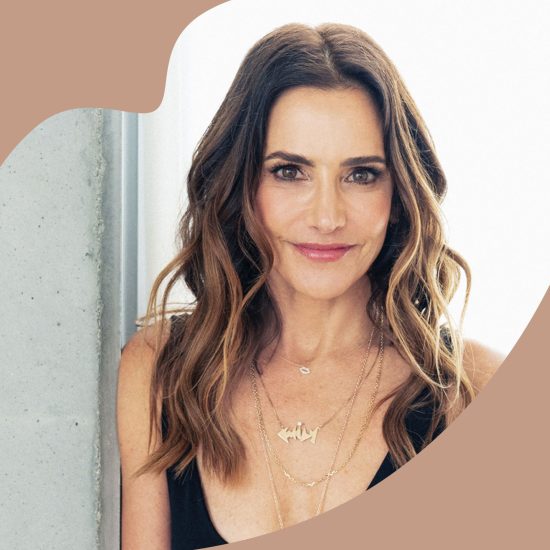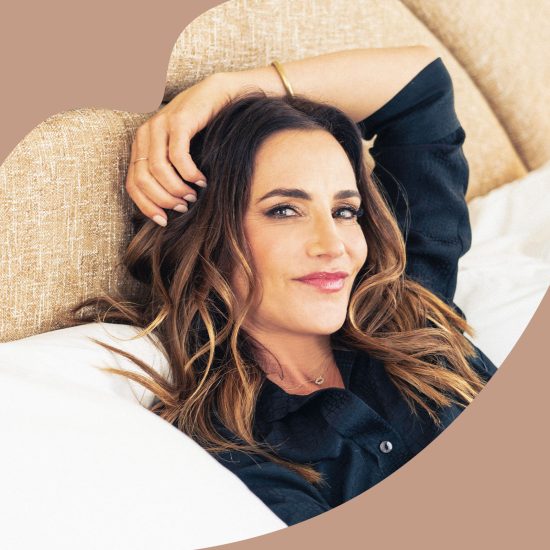If you’ve heard about attachment styles, you know they’re a pretty big deal. Our attachment styles describe how we relate to our partner, particularly in regards to intimacy. If you’re stressed because your partner isn’t texting you back, or feel like your partner is texting you too much, that’s probably a characteristic of your attachment style.
These attachment styles develop in our childhood, but they can be understood at any point in our lives—which is good because they dictate a huge portion of our behavior in romantic relationships. The four main attachment styles are secure, anxious-preoccupied, dismissive-avoidant, and fearful-avoidant. None of the attachment styles are “bad” or “good,” they’re just different.
Regardless of the “attachment camp” you fall into, understanding your attachment style can help you develop the tools necessary to have stronger and healthier relationships. Here’s how it works:
Where did attachment styles come from?
Attachment Theory was first formulated by psychologist John Bowlby in the 1960s. Over the next twenty years, Bowlby and fellow psychologist Mary Ainsworth studied the attachment behavior of infants and children to their caregivers. The child’s need for physical proximity to their caregivers and the caregiver’s response seemed to affect the child’s development of attachment; thus creating Attachment Theory.
In the late ‘80s, Cindy Hazan and Phillip Shaver applied attachment studies into adult social connections. Hazan and Shaver found that adult relationships mirrored many core components of the caregiver and infant dynamic.
How do attachment styles work?
Attachment styles affect how people react within relationships during loss, separation, hurt, or a perceived threat. These threats could be anything from a lack of communication to a partner flooding your inbox with text messages—basically anything that makes you feel unsafe or uncomfortable.
That said, understanding your or your partner’s attachment style can aid in your communication with one another, and help to avoid misunderstandings. It can help you identify and recognize some of your own anxieties that are triggered in a relationship, which is a major perk for those of us who experience the anxious-preoccupied attachment style.
1. Secure
Secure folks fall in the middle of the road—they aren’t turned off by intimacy, but they aren’t threatened by it either. In childhood, these types were likely to have a caregiver that was emotionally available, caring, and responsive to their attachment behavior. That’s not saying that their caregivers were “perfect,” but they did meet the child’s essential needs most of the time.
Because of their comfortable approach to love and relationships, secure folks don’t often display any jealousy or possessive behavior. They don’t feel the need to do everything with their partner, but they also enjoy intimacy and growing closer as a couple. For some (especially folks with an Anxious-Preoccupied style), dating a secure person can almost feel boring, as it’s easy to become addicted to the drama of past, toxic relationships.
2. Anxious-Preoccupied
If you feel insecure, anxious, or needy in your relationship, you might fall into the Anxious-Preoccupied style. This attachment style is characterized by the individual being consumed by their relationship. They tend to overanalyze social interactions and can be hyper-sensitive. They are uncomfortable if they aren’t in close relationships; thus, tending to fear others don’t place the same value on them.
High levels of intimacy, responsiveness, and approval are really (like, really) important to those with this type of attachment style. The coupling of these desires results in dependency on their loved one or romantic interest. When their loved one is away, anxiety overtakes them, but as soon as their partner is back, it subsides.
During their childhood, those with Anxious-Preoccupied styles often had parental figures that were undependable or made love feel “conditional.” This inconsistency leads the child into self-blame as they try to gauge how to act to predict the caregiver’s response, creating an emotional seesaw.
3. Dismissive-Avoidant
Dismissive-Avoidant individuals have a tendency to emotionally distance themselves from their partners. They ignore feelings and aren’t overly concerned with human connectedness. Independence, self-sufficiency, and emotional invulnerability are central characteristics of Dismissive Avoidants. They don’t value close relationships as much and may even deny the need for them. Suppression of feeling and defensiveness are common with Dismissive Avoidants.
Caregivers were likely often emotionally unavailable and may have even been hostile and insensitive with the child. Children then cope by forming strategies to disconnect. Dismissive-Avoidants learned to function in life independently and relying on others creates feelings of anxiousness. To them, intimacy just doesn’t make sense. In most cases, the Dismissive-Avoidant want closeness on a very subconscious level, they just aren’t sure how to go about it.
4. Fearful-Avoidant
Fearful-Avoidants are the least common attachment style but that doesn’t mean they aren’t out there! Some common themes that resonate strongly with Fearful-Avoidants include trouble trusting others, fear of abandonment or rejection, reluctance in approaching relationships, partner dependency, and conflict avoidance.
People with Fearful-Avoidant attachment instinctually feel the need to protect themselves by avoiding relationships; yet, they still experience the human desire to be in a relationship. Individuals with this attachment style are seen as having low self esteems and pessimistic outlooks when it comes to relationships. It’s like there’s just too much risk in trusting that another person could love them for fear of rejection, betrayal, or abandonment. They either isolate or have surface-level relationships.
The Anxious-Preoccupied and Dismissive-Avoidant Trap
Ironically, the two least compatible attachment styles often find themselves paired together. Because Anxious-Preoccupied styles grew up with love that felt inconsistent, that is the love they want to chase. When an Anxious person enters a relationship with a Dismissive-Avoidant person, they become consumed with receiving attention and fostering closeness.
Unfortunately, the Avoidant person sees this as a threat to their independence. Because they are Avoidant, as the name implies, they want to move away when feeling pushed or suffocated in a relationship. Wondering if you might be stuck in this trap? Some signs include:
- Arguments over nothing. Anxious attachment styles sometimes pick a fight to get the attention they crave.
- Game-playing. Anxious attachment styles will attempt to make their partner jealous by purposefully withdrawing or bringing up past or potential partners.
- More random alone time. Avoidant partners, in an attempt to create distance, will ask for an unreasonable amount of alone time.
- Conflict doesn’t end well. After an argument, Avoidant folks tend to want space, while Anxious individuals crave attention to ensure that everything is “okay.”
Anxious types tend to think this emotional roller coaster is True Love. Not only does this make things more painful, but it also turns the Anxious person away from healthier relationships with secure people as they feel “boring.”
Your attachment style shouldn’t be limiting.
Again, there is nothing wrong with any of these attachment styles—it’s simply a matter of self-awareness. Even the Anxious and Avoidant pairing can work if the two understand their attachment style and behavior tendencies.
The goal here is to equip ourselves with another tool in our emotional tool kit to better understand ourselves, friendship dynamics, our partners, or our prospective partner. You might even challenge yourselves to be more empathetic or understanding of others.
Focus on how you can work with your attachment style. As you learn more about how you operate, you’ll eventually make smarter and more rewarding choices within your relationships.
—
Amanda Kohr is the Content Coordinator at Sex With Emily. She also writes for VICE, Refinery29, Betches, and Hello Giggles. You can visit her via her website and Instagram.



